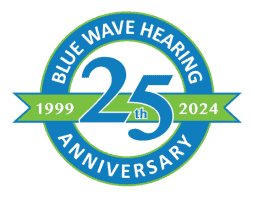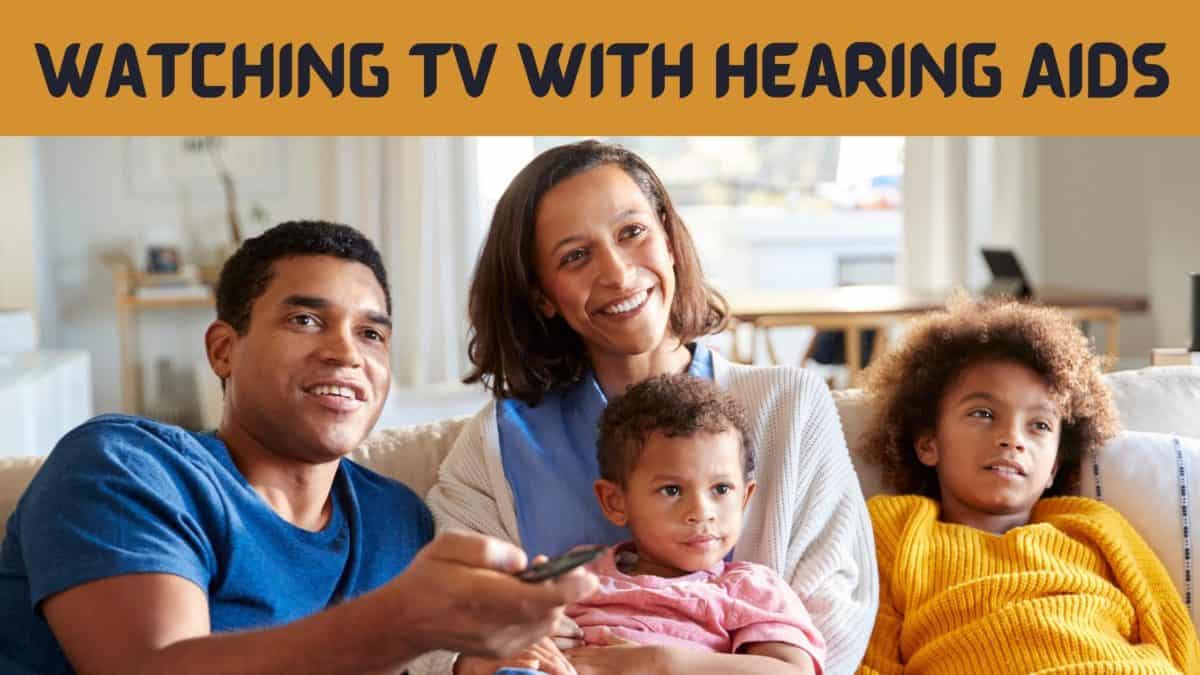- Alcohol and Hearing Health - April 9, 2025
- How Smoking Can Harm Your Ears - March 11, 2025
- Succeeding in the Workplace with Hearing Aids - February 10, 2025
Hearing aids do so much for us in our daily lives. They make it easier and more fun to stay in touch with friends and relatives. Many report that hearing aids have allowed them to improve relationships with those closest to them. They can allow birdwatchers and music enthusiasts to enjoy their passions again. While hearing loss tends to creep in slowly, so that we almost don’t notice it, hearing aids can bring back the sounds we might not have known we were missing. Using hearing aids to treat hearing loss even helps to promote better brain health as we age.
Before getting hearing aids, many people have reported that watching television with others in the room could cause friction; a volume setting that was just loud enough to allow someone with hearing loss to understand the dialogue would be uncomfortably loud for their partner. What’s more, the highest volume settings on built-in speakers will frequently cause distortion, which can paradoxically make the sound less clear even as it gets louder. Many people have acknowledged that it was difficult to agree with a partner or others on where the volume should be set on the TV, and that was an indicator that hearing loss had become an issue that required hearing aids.
If You Need Them, Get Hearing Aids!
There are a number of ways we can use our hearing aids to enjoy a better TV-watching experience. The first and most important: get hearing aids! Most hearing aids today include options for reducing background noise and focusing on the sound coming from in front of you, so by simply wearing hearing aids and facing the television screen, you’ll be in a much better position to hear the sound more clearly. This will be enough for most people to hear the TV well enough when watching for a short time.
Programming for TV
If the normal sound from your hearing aids doesn’t seem to work well with TV, your hearing healthcare professional can create a special program just for TV. Most hearing aids have the option to create a few special programs for different listening situations. Just as you might have different programs for one-on-one conversation or busier environments with lots of background noise, having a special program for TV watching should provide some improvement over the “general purpose” program you might use for most of your day.
TV Adapters for Hearing Aids
Most hearing aid companies will also offer some type of TV adapter. This device connects to one of your television’s audio outputs, then wirelessly streams the audio to one or more sets of hearing aids in the room. Many people choose to get TV adapters because the sound quality is optimal: multiple sets of speakers and microphones are removed from the equation, and audio is transmitted in pure, digital form until it reaches your hearing aids’ speakers. TV adapters also allow every set of hearing aids connected to have totally independent control over the volume of the audio, so listening is comfortable for everyone in the room!
Bluetooth
More and more hearing aids are including Bluetooth technology. If your hearing aids and your TV both support Bluetooth, you may be able to pair your hearing aids directly to your TV this way. Similarly to the television adapter, Bluetooth pairing will allow audio to be streamed to your hearing aids in its best-available quality, as it exists before it hits the speakers in your television. The speakers on your hearing aids are the only transducer (energy-converting device) the audio will see between your cable or satellite and your ears!
Telecoil
Telecoil-equipped hearing aids have been available and popular for a long time. The telecoil was originally designed to pick up the audio from telephones more clearly, but has far-wider uses today. Any room that is equipped with a “loop” system can send audio directly to a set of hearing aids that is within the perimeter of the loop. Loop systems are frequently installed in public spaces like theaters, movie theaters, lecture halls, houses of worship, and museums. Having one installed in your home is less expensive than you might think, and may be worth considering for those who spend a lot of time with TV, movies, or other audio-oriented media.


